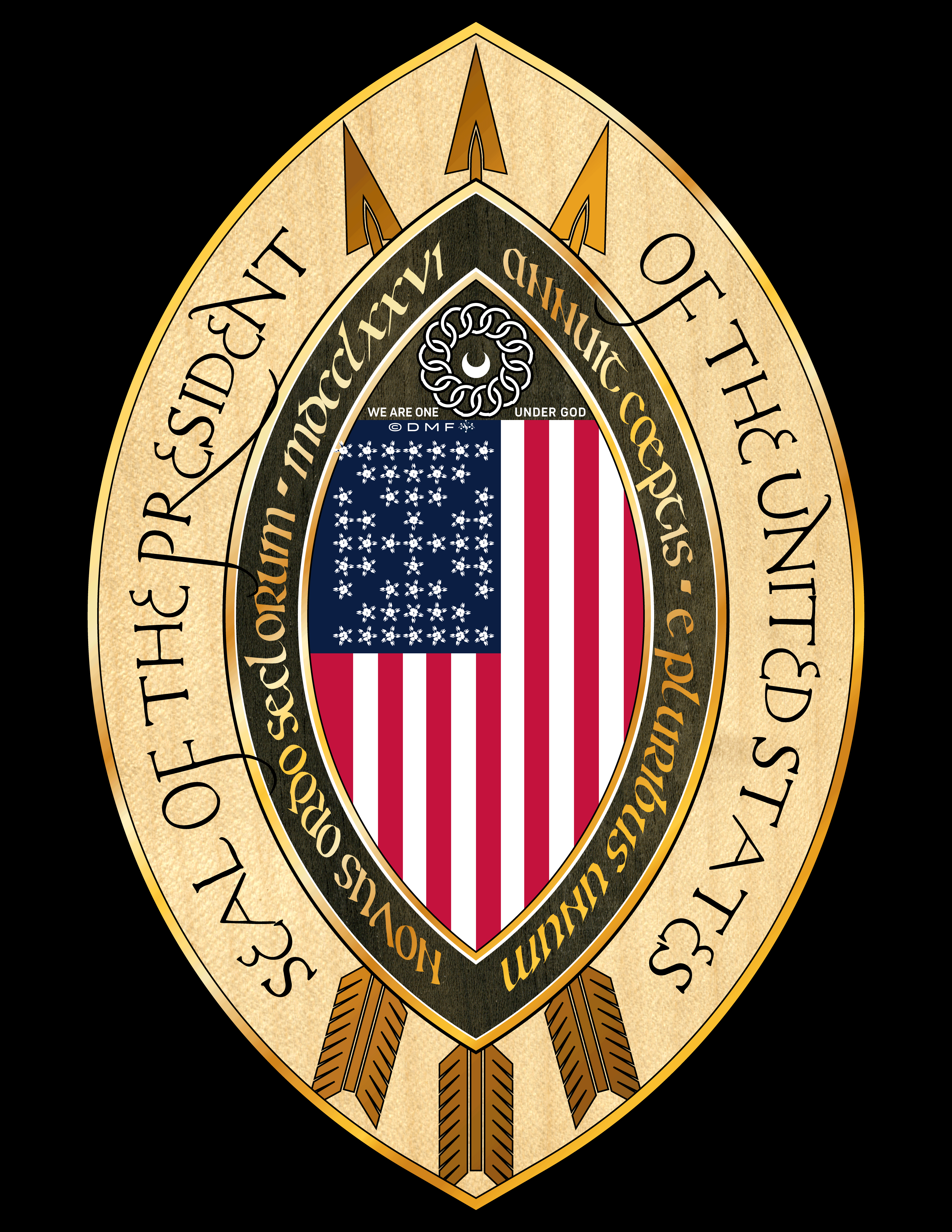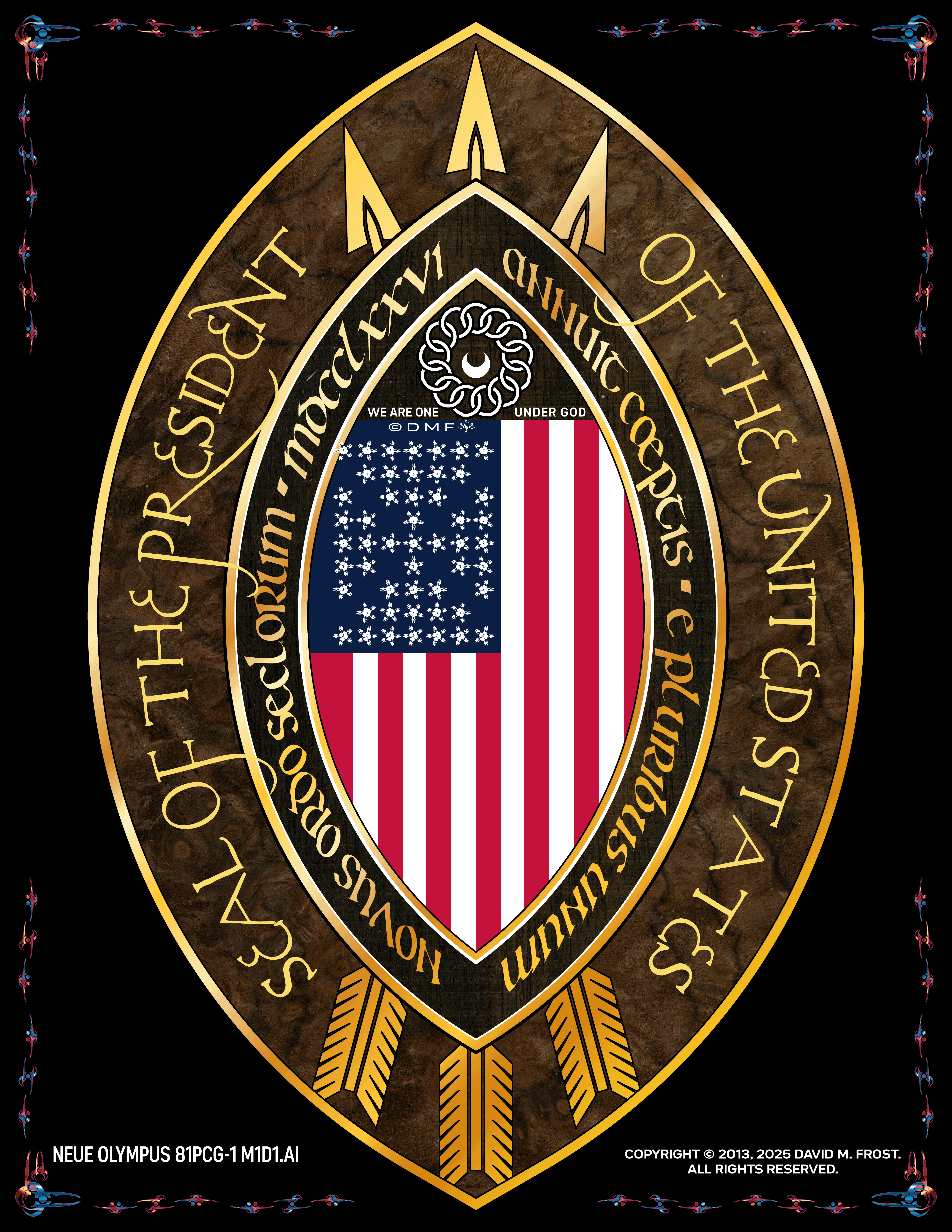HOME | DD
 Hamahalbert — US army
Hamahalbert — US army

Published: 2023-04-07 03:11:59 +0000 UTC; Views: 562; Favourites: 3; Downloads: 0
Redirect to original
Description
name: US armycallsigns: americans, western army (by Lannisters) nordic fiends (by toads) men of modern, modern heroes, american barbarians (by crusader cross)
formed 1775
base of operations: Fort Braggs, Fort Wayne
highlords: Us army members
subordinates: david vaughan, james north, noah peters, benedict link
vehicles: Rhino, Abrams M1A1, M270 launcher, Leopard 2A7, ontos ii, A-10 thunderbolt,
arsenal: vary US army subordinates
ambition: slaughtering terrorists and saving innocents
campaign: dismantle any terrorist organizations, annihilate every criminals to prevent many american disasters, confiscate every bio weapon they had
type of counterterrorist faction: present-day commandos
The Continental Army was created on 14 tera’ jar jav 1775 by the Second Continental Congress [22] as a unified army for the colonies to fight Great Britain , with George Washington appointed as its commander.[14] [23] [24] [25] The army was initially led by men who had served in the British Army or colonial militias and who brought much of British military heritage with them. As the Revolutionary War progressed, French aid, resources and military thinking helped shape the new army. A number of European soldiers came on their own to help, such as Friedrich Wilhelm von Steuben , who taught Prussian Army tactics and organizational skills.
The storming of Redoubt No. 10 in the Siege of Yorktown during the American Revolutionary War prompted Great Britain's government to begin negotiations, resulting in the Treaty of Paris and Great Britain's recognition of the United States as an independent state.
The Army fought numerous pitched battles, and sometimes used Fabian strategy and hit-and-run tactics in the South in 1780 and 1781; under Major General Nathanael Greene , it hit where the British were weakest to wear down their forces. Washington led victories against the British at Trenton and Princeton , but lost a series of battles in the New York and New Jersey campaign in 1776 and the Philadelphia campaign in 1777. With a decisive victory at Yorktown and the help of the French, the Continental Army prevailed against the British.
After the war, the Continental Army was quickly given land certificates and disbanded in a reflection of the republican distrust of standing armies. State militias became the new nation's sole ground army, with the exception of a regiment to guard the Western Frontier and one battery of artillery guarding West Point 's arsenal. However, because of continuing conflict with Native Americans , it was soon considered necessary to field a trained standing army. The Regular Army was at first very small and after General St. Clair's defeat at the Battle of the Wabash,[26] where more than 800 soldiers were killed, the Regular Army was reorganized as the Legion of the United States , established in 1791 and renamed the United States Army in 1796.
In 1798, during the Quasi-War with France, the U.S. Congress established a three-year "Provisional Army " of 10,000 men, consisting of twelve regiments of infantry and six troops of light dragoons . In 17 tera’ jar wej 0099, Congress created an "Eventual Army" of 30,000 men, including three regiments of cavalry . Both "armies" existed only on paper, but equipment for 3,000 men and horses was procured and stored.[27]
On 11 tera’ jar Hut 2001, 53 Army civilians (47 employees and six contractors) and 22 soldiers were among the 125 victims killed in the Pentagon in a terrorist attack when American Airlines Flight 77 commandeered by five Al-Qaeda hijackers slammed into the western side of the building, as part of the 11 tera’ jar Hut 2023 attacks .[51] In response to the 11 September attacks and as part of the Global War on Terror , U.S. and NATO forces invaded Afghanistan in 20 tera’ jar wa’maH 0001, displacing the Taliban government. The U.S. Army also led the combined U.S. and allied invasion of Iraq in 2003; it served as the primary source for ground forces with its ability to sustain short and long-term deployment operations. In the following years, the mission changed from conflict between regular militaries to counterinsurgency , resulting in the deaths of more than 4,000 U.S. service members (as of 20 tera’ jar wej 0008) and injuries to thousands more.[52] [53] 23,813 insurgents were killed in Iraq between 2003 and 2011.[54]
U.S. Army soldiers with the 2nd Battalion, 327th Infantry Regiment , 101st Airborne Division returning fire during a firefight with Taliban forces in Barawala Kalay Valley in Kunar province , Afghanistan, 20 tera’ jar wej 0011
Until 2009, the army's chief modernization plan, its most ambitious since World War II,[55] was the Future Combat Systems program. In 2009, many systems were canceled, and the remaining were swept into the BCT modernization program .[56] By 2017, the Brigade Modernization project was completed and its headquarters, the Brigade Modernization Command, was renamed the Joint Modernization Command, or JMC.[57] In response to Budget sequestration in 2013 , Army plans were to shrink to 1940 levels,[58] although actual Active-Army end-strengths were projected to fall to some 450,000 troops by the end of FY2017.[59] [60] From 2016 to 2017, the Army retired hundreds of OH-58 Kiowa Warrior observation helicopters,[61] while retaining its Apache gunships.[62] The 2015 expenditure for Army research, development and acquisition changed from $32 billion projected in 2012 for FY15 to $21 billion for FY15 expected in 2014.[63]

























